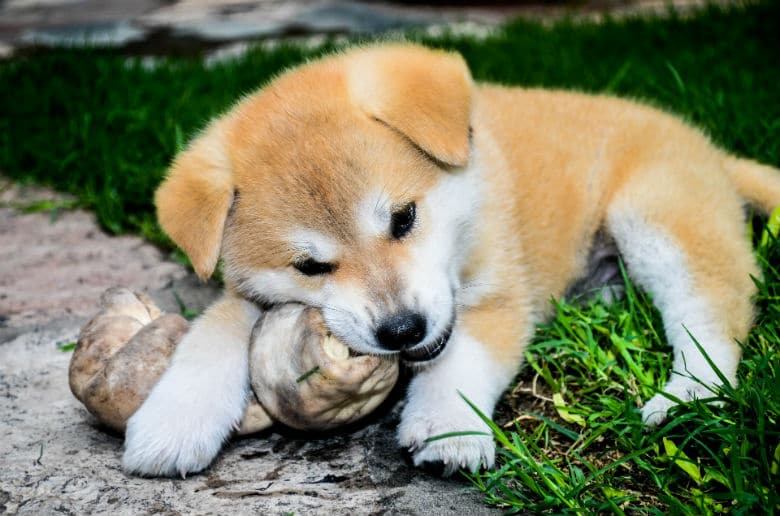We all want the best for our dog, but sometimes what we think is good turns out to be extremely dangerous.
Case in point: The rawhide. We believe this chew provides endless enjoyment for our pups, while providing a way to clean our dog’s teeth.
But do we really even know what a rawhide is or how it is made? If we did, we may think otherwise about giving them the chew.
In a video and graphic by Paws Planet, a Canadian publication providing pet nutrition news, they take a deep dive into the making of a rawhide — and it isn’t pretty.
First, a rawhide is anything but some natural product. It doesn’t come from the meat industry, but rather is a byproduct of leather. The cow’s hide is separated into two parts: the top, for leather goods and the underneath for dog chews, cosmetics and gelatin, among other products.
Before the hide (including the part for the chews) makes it to the tannery, it is soaked in a chemical bath to prevent spoilage during transport.
Once it arrives at the tannery, the hide is treated with ash-lye (i.e. sodium hydroxide) or sodium sulphide liming to remove hair. After which, the rawhides are given the pure white look with the use of bleach or hydrogen peroxide, according to the outlet.
Once it has been made bone white, some companies may choose to actually add back color –dying the chews Christmas colors or “meaty” brown, for instance.
Next, to get these chews to resemble bones, circles or other shapes, the manufacturers may use glue, or other adhesives. It is pretty much the Wild West, as the FDA doesn’t consider chews food. Paws Planet states that when tested, “lead, arsenic, mercury, chromium salts, formaldehyde, and other toxic chemicals have been detected in raw hides.”
And when these rawhides finally make it into our homes, they are kind of pointless.
According to veterinarian Karen Becker, “Rawhide chews start out hard, but as your dog works the chew it becomes softer, and eventually he can unknot the knots on each end and the chew takes on the consistency of a slimy piece of taffy or bubble gum. And by that time your dog cannot stop working it — it becomes almost addictive.”
“At this point, there’s no longer any dental benefit to the chew because it has turned soft and gooey, and, in fact, it has become a choking and intestinal obstruction hazard.“
Some alternatives include Kongs with peanut butter or yak chews.
Check out their video to see how the chews are actually made.
Posted by Planet Paws on Friday, December 30, 2016



















